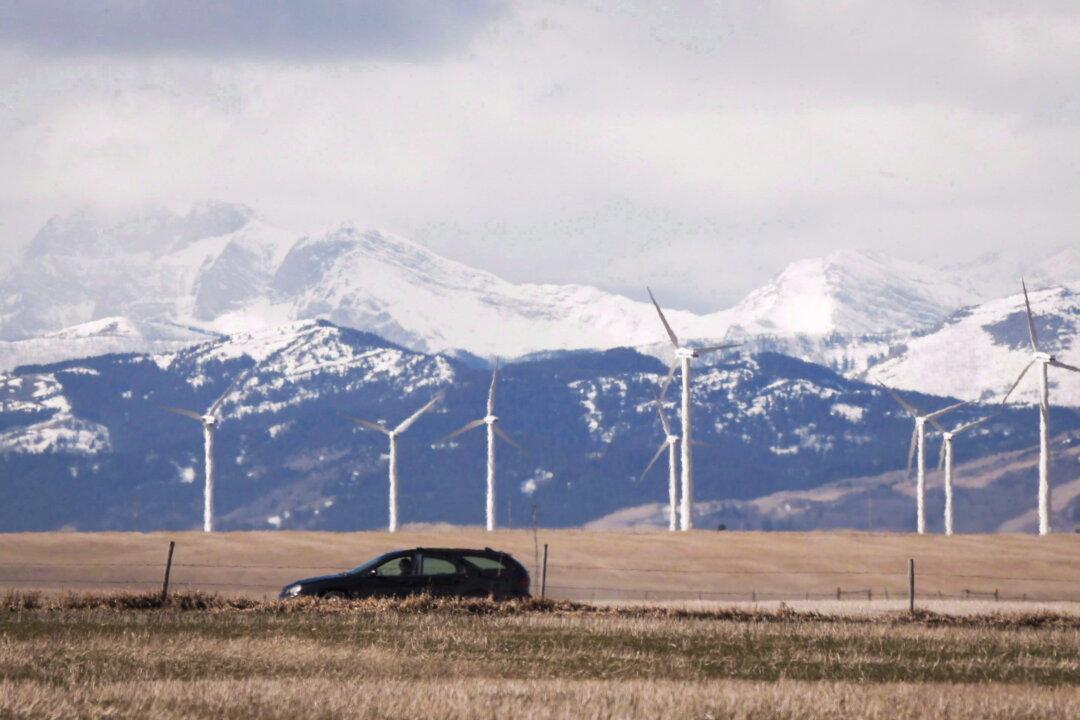Commentary
Imagine, if you will, a Boxing Day sale where everything was free for everyone across every store at the same time, for several hours.

Imagine, if you will, a Boxing Day sale where everything was free for everyone across every store at the same time, for several hours.